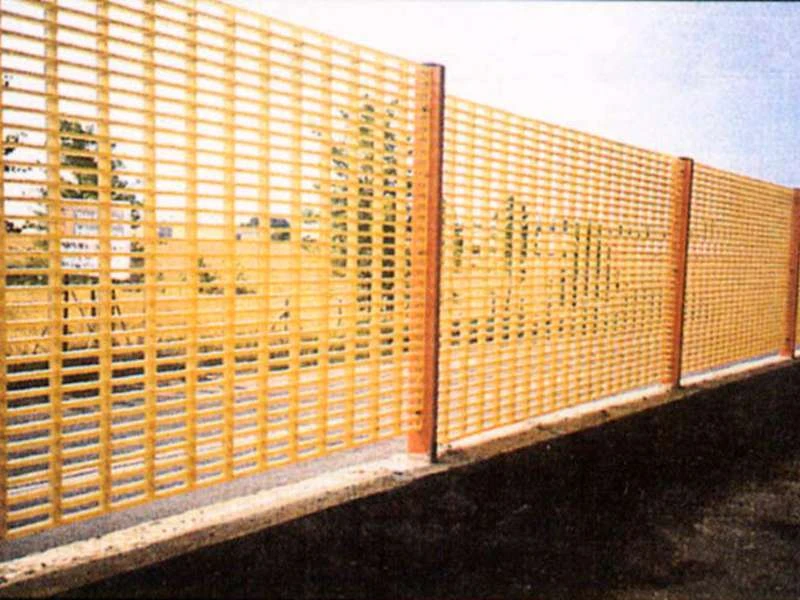
-
 Afrikaans
Afrikaans -
 Albanian
Albanian -
 Amharic
Amharic -
 Arabic
Arabic -
 Armenian
Armenian -
 Azerbaijani
Azerbaijani -
 Basque
Basque -
 Belarusian
Belarusian -
 Bengali
Bengali -
 Bosnian
Bosnian -
 Bulgarian
Bulgarian -
 Catalan
Catalan -
 Cebuano
Cebuano -
 China
China -
 China (Taiwan)
China (Taiwan) -
 Corsican
Corsican -
 Croatian
Croatian -
 Czech
Czech -
 Danish
Danish -
 Dutch
Dutch -
 English
English -
 Esperanto
Esperanto -
 Estonian
Estonian -
 Finnish
Finnish -
 French
French -
 Frisian
Frisian -
 Galician
Galician -
 Georgian
Georgian -
 German
German -
 Greek
Greek -
 Gujarati
Gujarati -
 Haitian Creole
Haitian Creole -
 hausa
hausa -
 hawaiian
hawaiian -
 Hebrew
Hebrew -
 Hindi
Hindi -
 Miao
Miao -
 Hungarian
Hungarian -
 Icelandic
Icelandic -
 igbo
igbo -
 Indonesian
Indonesian -
 irish
irish -
 Italian
Italian -
 Japanese
Japanese -
 Javanese
Javanese -
 Kannada
Kannada -
 kazakh
kazakh -
 Khmer
Khmer -
 Rwandese
Rwandese -
 Korean
Korean -
 Kurdish
Kurdish -
 Kyrgyz
Kyrgyz -
 Lao
Lao -
 Latin
Latin -
 Latvian
Latvian -
 Lithuanian
Lithuanian -
 Luxembourgish
Luxembourgish -
 Macedonian
Macedonian -
 Malgashi
Malgashi -
 Malay
Malay -
 Malayalam
Malayalam -
 Maltese
Maltese -
 Maori
Maori -
 Marathi
Marathi -
 Mongolian
Mongolian -
 Myanmar
Myanmar -
 Nepali
Nepali -
 Norwegian
Norwegian -
 Norwegian
Norwegian -
 Occitan
Occitan -
 Pashto
Pashto -
 Persian
Persian -
 Polish
Polish -
 Portuguese
Portuguese -
 Punjabi
Punjabi -
 Romanian
Romanian -
 Russian
Russian -
 Samoan
Samoan -
 Scottish Gaelic
Scottish Gaelic -
 Serbian
Serbian -
 Sesotho
Sesotho -
 Shona
Shona -
 Sindhi
Sindhi -
 Sinhala
Sinhala -
 Slovak
Slovak -
 Slovenian
Slovenian -
 Somali
Somali -
 Spanish
Spanish -
 Sundanese
Sundanese -
 Swahili
Swahili -
 Swedish
Swedish -
 Tagalog
Tagalog -
 Tajik
Tajik -
 Tamil
Tamil -
 Tatar
Tatar -
 Telugu
Telugu -
 Thai
Thai -
 Turkish
Turkish -
 Turkmen
Turkmen -
 Ukrainian
Ukrainian -
 Urdu
Urdu -
 Uighur
Uighur -
 Uzbek
Uzbek -
 Vietnamese
Vietnamese -
 Welsh
Welsh -
 Bantu
Bantu -
 Yiddish
Yiddish -
 Yoruba
Yoruba -
 Zulu
Zulu
frp chimney construction and installation for industrial and ...
FRP Chimney Construction and Installation for Industrial Applications
As industries continue to evolve, the need for efficient and resilient infrastructure becomes increasingly critical. One of the essential components in many industrial settings is the chimney, particularly for those involved in the processes of combustion and emission control. A relatively modern solution gaining traction is the use of Fiber Reinforced Polymer (FRP) chimneys. This article provides an overview of FRP chimney construction and installation, focusing on its advantages and applications in industrial environments.
What is FRP?
Fiber Reinforced Polymer (FRP) is a composite material made of a polymer matrix reinforced with fibers such as glass, carbon, or aramid. This combination provides exceptional strength-to-weight ratios, corrosion resistance, and durability, making FRP a preferred choice for many industrial applications, including chimney construction.
Advantages of FRP Chimneys
1. Corrosion Resistance Industrial emissions often contain corrosive agents that can deteriorate traditional chimney materials like steel or concrete over time. FRP, on the other hand, exhibits superior resistance to chemical attack, making it ideal for environments where corrosive agents are present.
2. Lightweight FRP chimneys are significantly lighter than their traditional counterparts. This property allows for easier handling during installation and reduces the structural load on the supporting framework, which can lead to cost savings in foundation and structural engineering.
3. Flexibility in Design FRP can be molded into various shapes and sizes, providing greater flexibility in design compared to conventional materials. This characteristic allows for customization to meet specific industrial requirements and aesthetic preferences.
4. Low Maintenance Costs Due to their inherent resistance to corrosion and wear, FRP chimneys typically require less maintenance over their lifespan. This aspect is crucial for industries looking to minimize downtime and maintenance-related expenses.
5. Sustainability As industries push towards sustainable practices, FRP chimneys often emerge as a greener alternative. The materials can be designed to last longer, and many manufacturers produce FRP using eco-friendly processes.
frp chimney construction and installation for industrial and ...

Construction Process
1. Site Assessment The construction process begins with a thorough site assessment to understand environmental conditions, potential stresses, and emissions that the chimney will need to endure.
2. Design Specifications Engineers develop detailed design specifications based on the assessment. This includes considering factors such as height, diameter, and thermal performance to ensure that the chimney can effectively handle the operational needs.
3. Material Selection Selecting the appropriate resin and reinforcement material is critical. The choice may vary based on the specific emissions, temperature, and chemical exposure anticipated in the operational environment.
4. Fabrication The FRP sections are fabricated in a controlled environment. This process typically involves layering the chosen fibers with resin and curing them to create a strong, cohesive material.
5. Transportation and Assembly Once fabricated, the FRP sections are transported to the installation site. Given their light weight, transportation is often simpler and less costly. Assembly on-site is managed using cranes and other equipment, rapidly bringing the chimney to completion.
6. Installation of Accessories After the main structure is erected, additional components such as dampers, access ladders, and inspection platforms are installed. These features enhance functionality and ease of maintenance.
7. Quality Assurance and Testing Before commissioning, the entire chimney system undergoes rigorous testing to ensure it meets all operational standards and regulations.
Conclusion
The construction and installation of FRP chimneys represent a significant advancement in industrial infrastructure. Their unique properties—such as corrosion resistance, lightweight nature, and low maintenance—position them as an ideal solution for a variety of industrial applications. As industries seek to improve operational efficiency and adopt sustainable practices, FRP chimneys are likely to become increasingly popular. By investing in innovative materials like FRP, industries can enhance their long-term resilience while contributing to environmental sustainability initiatives.









